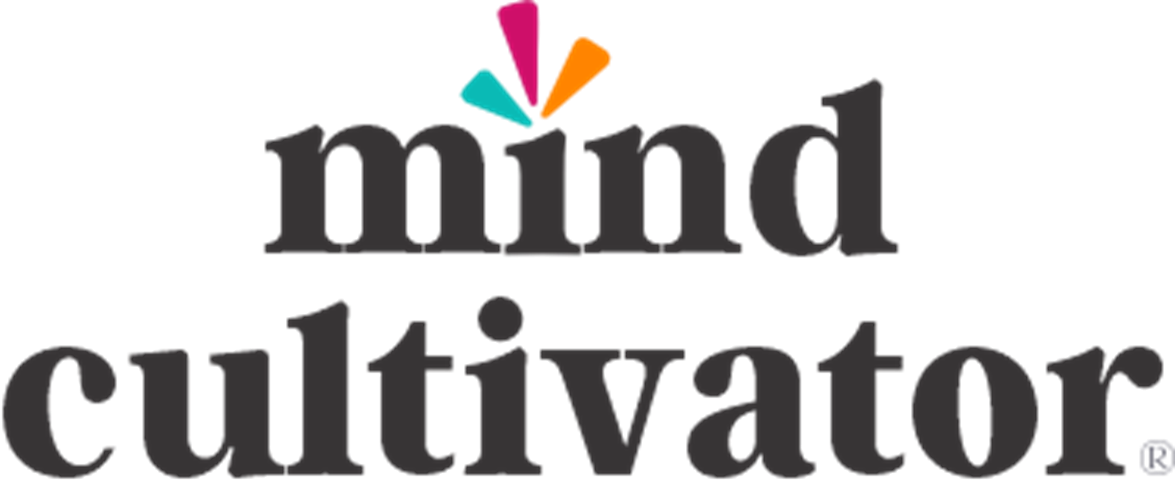Imagine you’re a leader in a tech company, and you’ve just hired a new software developer, Mila. You take the time to get to know her, not only as an employee but as an individual. With genuine interest, you ask about her hobbies, her career goals, and her favorite programming languages. This shows Mila that you’re interested in her as a person, not just as an employee. The result? Mila feels more comfortable coming to you to talk about her ideas and concerns related to her work. This personal connection you’ve built is Rapport.
Continuing the tech company scenario, because of the Rapport you’ve established with your team members, Mila, and her colleagues feel a deep sense of Belonging within the organization. They feel like they’re part of a close-knit team where their opinions are respected and valued. So, when it’s time to brainstorm solutions for a challenging project, everyone contributes openly, knowing their input matters. That’s Belonging in action – a team where everyone collaborates without fear of judgment.
Now, let’s talk about Results. Your tech company’s projects are running smoothly because of the trust and collaboration fostered by Rapport and Belonging. Your team consistently delivers high-quality software ahead of schedule. Clients are happy, and the company’s revenue is soaring. That’s the tangible outcome of your leadership approach. In this context, Results mean a positive impact on the organization’s performance, driven by the culture of trust and Belonging you’ve cultivated.
As a leader, when you invest in these aspects, you create a work environment where trust, collaboration, and unity thrive. The end result is not only organizational success but also a happy and motivated team that’s ready to tackle any challenge.
It’s not just about leading; it’s about connecting, including, and achieving together.
In the last two articles, we mentioned a three-pronged conversation of moving from Rapport to Belonging to Results. We said that Rapport is the cornerstone of effective leadership, serving as the key that unlocks a trusting work environment and cultivates a culture of Belonging that brings people together. As in the case of Mila, when leaders take the time to build Rapport with their team members, they lay the foundation for genuine connections and open communication.
In this article, we’ll explore how Rapport-building goes beyond the surface level. And how you can use it to get to know your team and understand them on a personal level.
How to Build Rapport?
Building Rapport seems like a common sense approach when engaging with your team members, but consistently, team members state they feel they are not heard, they are just a cog in the company’s wheel, feel undervalued, and at times may not trust their leaders. If building Rapport seems to be the common sense approach, why isn’t it so common? Here are four suggestions on how leaders can build Rapport with their teams.
- Be Present
- Set The Tone
- Schedule One-on-Ones
- Ask Simple Questions
Be Present
Being present is essential in building Rapport because it demonstrates a genuine commitment to the moment and the person you’re engaging with. When you’re fully present, you give your undivided attention, actively listen, and show empathy; making the other person feel valued and heard. This level of attentiveness fosters a deeper connection, as it signals that you prioritize the relationship and are invested in understanding their thoughts, feelings, and needs. In the context of building Rapport, being present creates a safe space for authentic communication, allowing for the establishment of trust and a sense of Belonging within the interaction.
Leaders often struggle with multitasking. Research has shown humans are not proficient at it. Employees frequently complain about leaders being distracted, not engaged, and even checking devices during meetings. As a former leader, I grasp the fast-paced mentality and the difficulty of letting the last meeting’s issues carry into the next one.
Before each meeting or one-on-one:
- Pause and slow down.
- Be Intentional, take a breath.
- Clear your mind from the previous meeting and work.
- Take a few minutes to prepare.
The person you are meeting with should feel like they are the most important person at that moment in time. A memorable encounter with a leader named Stephen exemplified this. As soon as he engaged with a team member, he made them feel exclusively valued, showcasing the power of presence. This requires being intentional in managing your own needs and emotions.
During the meeting:
- Be Present. Put other issues aside.
- Practice Active Listening.
- Focus on your audience.
Best practices to focus on your audience include silencing your cell phone and avoiding looking at emails or other material (unless it is related to the discussion you are having with them), or working on anything else while you are meeting with them.
These three recommendations of what to do during the meeting can be especially difficult if you are meeting virtually. The person isn’t physically in front of you and may not notice that they don’t have your undivided attention. This is why the three recommendations of what to do before the meeting are so vital. It’s like a temporary resetting of your mind in preparation for each meeting.
Set the Tone
Corporate culture aside, leaders have an impact in shaping the atmosphere that fuels their team’s success. In this era where talent is in high demand, the old-fashioned idea of neglecting ‘care’ as a leadership approach just doesn’t cut it anymore. Leaders who “get it”, and who take time to build Rapport with their teams, find it easier to have difficult conversations and hold team members accountable. This approach significantly aids in creating a culture that engages, attracts, and retains talent.
Nurturing empathy goes hand-in-hand with fostering Belonging. Leaders must prioritize ‘caring’ to retain talent and bring unity, understanding, and trust within teams. To achieve this, you must step into being a role model of empathic leadership. Being a role model of empathy means active listening, validating feelings, and understanding team dynamics. To be clear, this is not about coddling behavior, it’s about empowering each individual within the collective.
Consistent One-on-One: Vital, not Trivial.
Schedule consistent one-on-ones and make them meaningful and engaging. Offer feedback and collaborate in issue resolution to foster growth. If focused, these one-on-ones can be 15-20 minutes.
- Prioritize connection over checkbox meetings and avoid reviewing task lists.
- Be on time, this shows them that you value them and their time.
- Reschedule if needed but avoid canceling. Aim to avoid a third reschedule, showing priority and care.
*Based on years of hearing directly from top talent who were departing, and looking at exit interview data, lack of one-on-ones or frequent rescheduling or cancelations creates a perception of neglect and uncaring leadership.
Ask Simple Questions
Dedicate time for Rapport in meetings and one-on-ones. Foster leader-team and team-team connections. How? Begin meetings with a “get to know you” question. Besides re-energizing the team, you will see smiles, laughter, and a newfound understanding of each other. Cultivate cooperation by recognizing shared humanity and encouraging belonging. A simple, yet powerful, question is, “Tell me one thing that you are proud of” or “Who is the most important person in your life and why?” or What is a skill or hobby you have always wanted to learn or pursue in your free time?
In a world where team dynamics shape the success or failure of organizations, leaders hold the reins to nurture a culture where trust thrives. Through presence, tone-setting, meaningful one-on-ones, and simple questions, leaders weave Rapport into every interaction. This is not just a program; it is a movement propelled by leaders who understand that unity is kindled through Rapport, and each stride towards belonging, fuels boundless achievement and fulfillment; turning teams into harmonious communities bound by purpose and engagement, exceeding the expectations of any organizational goal.
Self-Reflection:
How are you doing on building Rapport within your teams? Take a few minutes to self-reflect on these three questions:
- Am I Truly Present in My Interactions? Reflect on your recent interactions with team members. Did you give them your undivided attention, actively listen, and show empathy? Were there moments when you could have been more present? Consider how being fully engaged can foster stronger Rapport.
- How Am I Setting the Tone for Trust and Belonging? Evaluate your leadership style and its impact on the team’s culture. Are you actively fostering an environment of trust, understanding, and empathy? Think about specific actions you can take to set a positive tone that promotes belonging within your team.
- Am I Prioritizing Meaningful One-on-One and Simple Questions? Review your approach to one-on-one meetings. Are they meaningful and engaging, or do they feel like checkbox exercises? Are you consistently scheduling and prioritizing these interactions? Additionally, think about how incorporating simple, “get to know you” questions can enhance team connections.
These self-reflective questions can guide you as a leader in assessing your Rapport-building efforts and encourage continuous improvement in your leadership journey.




0 Comments